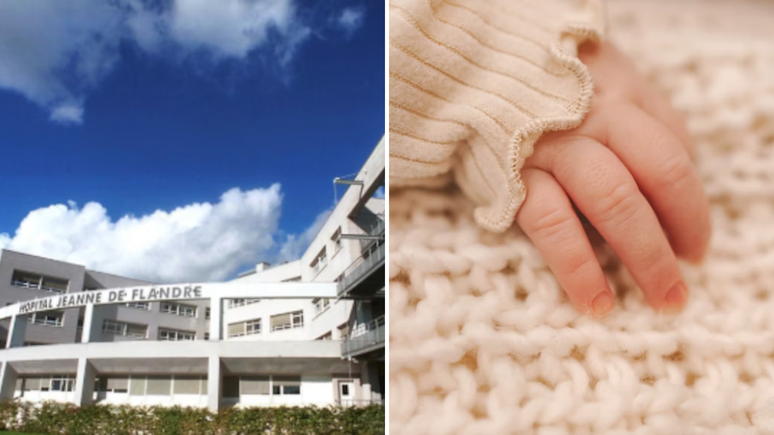Correcting the shape of the breast using the patient’s own fat – at first it seems much more natural and safer than installing silicone implants. But no matter how! We talk about all the pitfalls of this now popular beauty procedure.
Do not take care! In our articles, we collect the latest scientific data and the opinions of authoritative health experts. But remember: only a doctor can diagnose and prescribe treatment.









